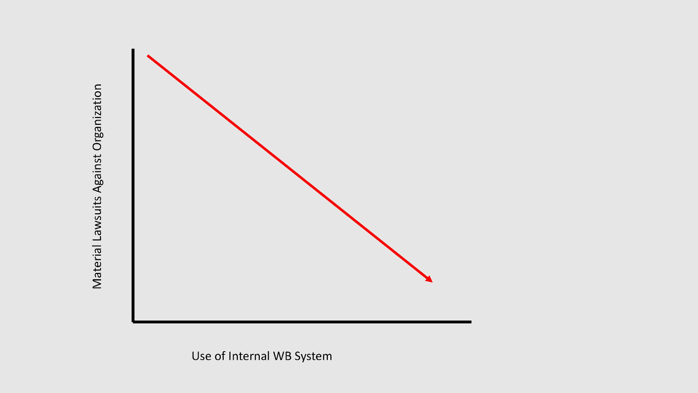


The central banks of the United States, West Germany and Japan provided market liquidity to prevent debt defaults among financial institutions, and the impact on the real economy was relatively limited and short-lived. The degree to which the stock market crashes spread to the wider (or "real") economy was directly related to the monetary policy each nation pursued in response.

The fall may have been accelerated by portfolio insurance hedging (using computer-based models to buy or sell index futures in various stock market conditions) or a self-reinforcing contagion of fear. In February 1987 leading industrial countries had signed the Louvre Accord, hoping that monetary policy coordination would stabilize international money markets, but doubts about the viability of the accord created a crisis of confidence. Another explanation for Black Monday comes from the decline of the dollar, followed by a lack of faith in governmental attempts to stop that decline. Possible explanations for the initial fall in stock prices include a nervous fear that stocks were significantly overvalued and were certain to undergo a correction, persistent US trade and budget deficits, and rising interest rates. The severity of the crash sparked fears of extended economic instability or even a reprise of the Great Depression. Worldwide losses were estimated at US$1.71 trillion. NYSE institutes rule regarding trading curbs in 1988.īlack Monday was the global, severe and largely unexpected stock market crash on Monday, October 19, 1987.Dow Jones begins to recover in November 1987.Federal Reserve provides market liquidity to meet unprecedented demands for credit.Dow Jones Industrial Average falls 508 points (22.6 percent), the largest one-day drop by percentage in the index's history.Stock markets crash worldwide, first in Asian markets other than Japan, then Europe, then the US, and finally Japan.


 0 kommentar(er)
0 kommentar(er)
